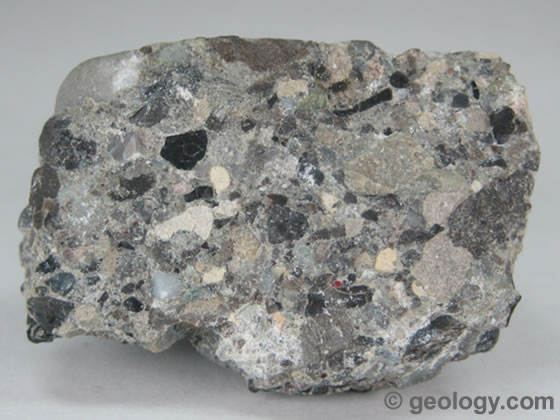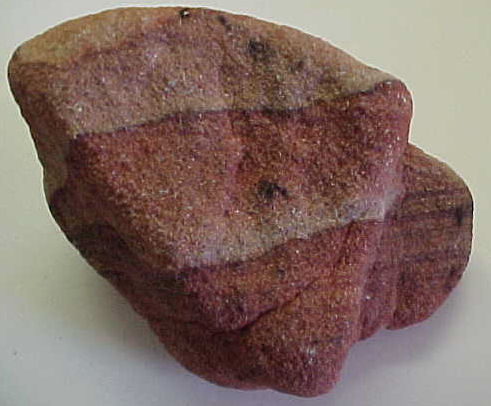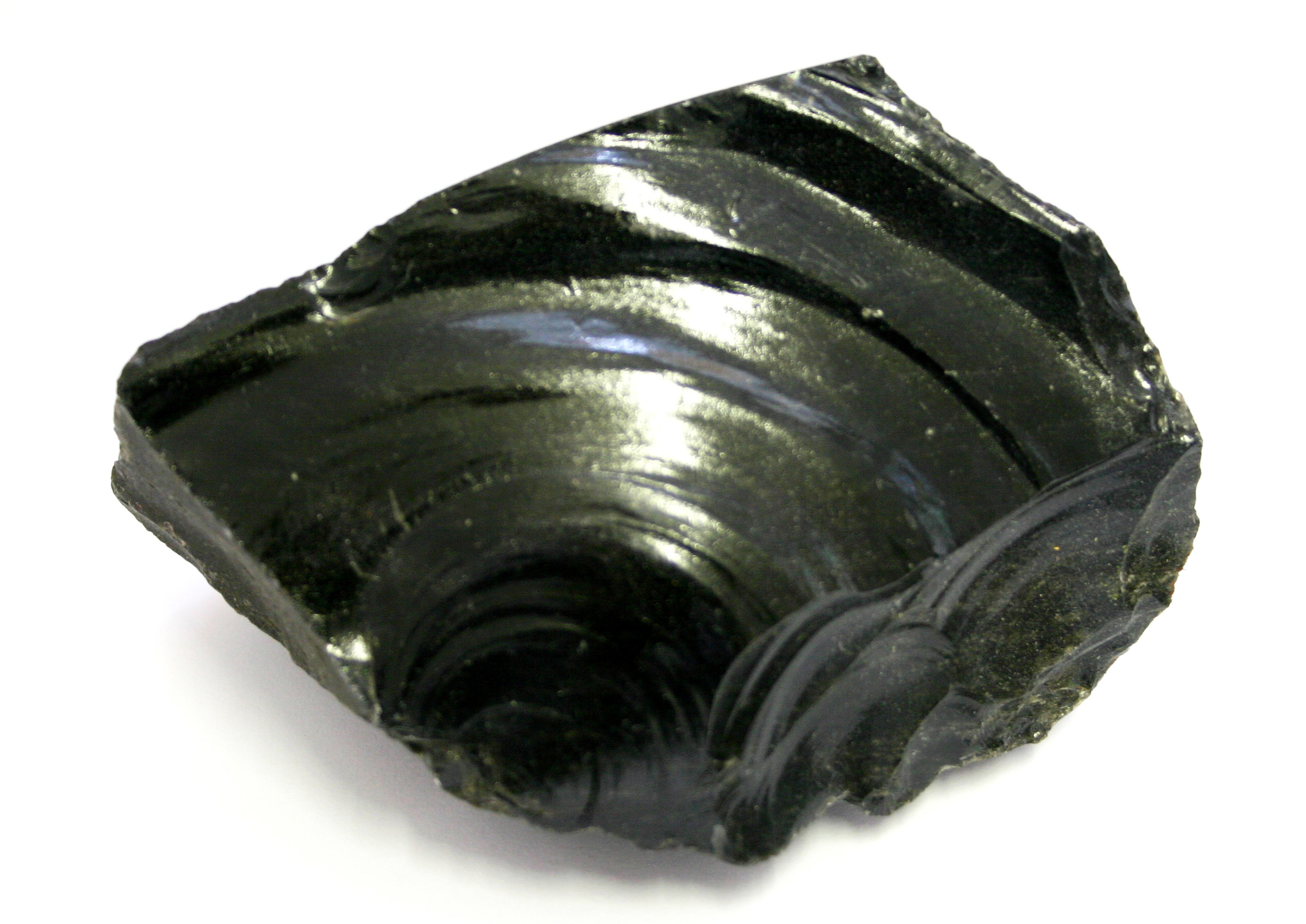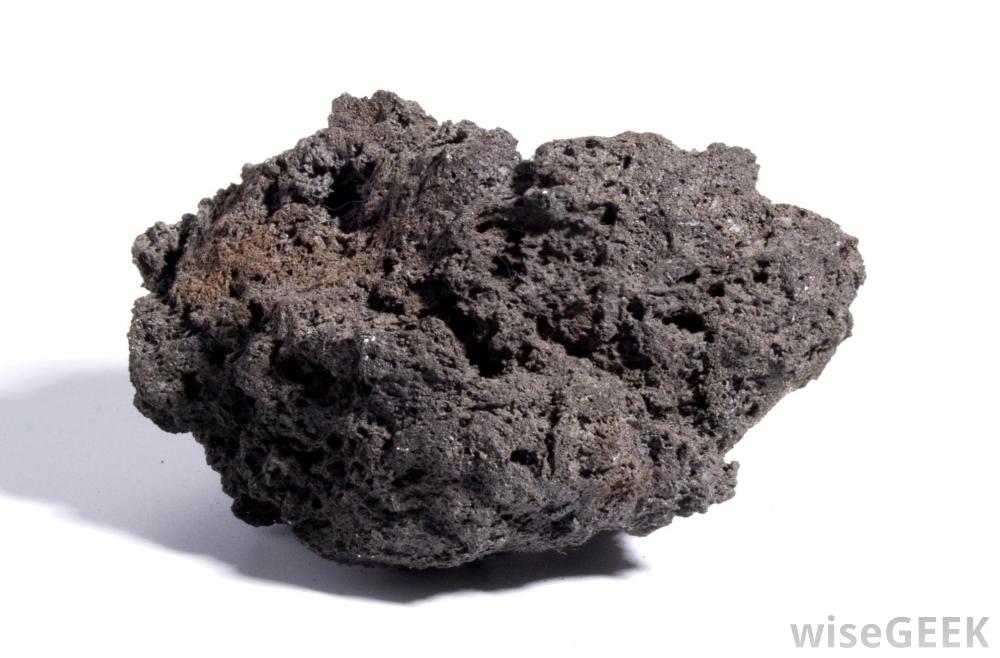Erosion
Weathering:
Mechanical or chemical processes that breaks down rocks
Erosion:
The process by which the surface of the earth is worn away by the action of water, glaciers, winds, or waves
Deposition:
Process of materials being moved and placed in another area by wind, water or glacial melting.
Mechanical Weathering:
Rock is broken apart by physical forces, either water or wind
Chemical Weathering:
When oxygen and water mixes with various minerals in rocks and produces a different type of mineral
Biological Weathering:
Wearing away due to living things
Fluvial Landforms:
Landforms created by water erosion and deposition
rocks and minerals
What are rocks and minerals?
- Rocks are made of tiny particles called grains
- The appearance of these rocks depends are the nature of these grains and the materials they are made of
Minerals:
Building blocks of rocks which are pure, naturally occurring solid material
You can have rocks made of 1 mineral (ex. limestone) or rocks made of 2 or more minerals (ex. granite)
Of the minerals found in the Earth's crust the most abundant are:
- Calcite
- Quartz
- Feldspar
- Mica
- Hornblende
The rock Cycle
The three main classes of rock are:
- Sedimentary
- Metamorphic
- Igneous
The differences between the classes of rock is how they are formed.
Sedimentary rocks :
- Formed from particles of sand, shells, pebbles, and other fragments of material.
- Gradually, the sediment accumulates in layers and over a long period of time hardens into rock.
Metamorphic rocks:
- Formed under the surface of the earth from the metamorphosis (change) that occurs due to intense heat and pressure.
- Often have ribbon like layers and may have shiny crystals, formed by minerals growing slowly over time, on their surface.
Igneous rocks :
- Formed when magma (molten rock deep within the earth) cools and hardens
- When lava (magma on the surface of the Earth) cools very quickly gas bubbles are trapped in the rock during the cooling process, leaving tiny holes and spaces in the rock.
- May also cool and form a glassy like rock
mineral Properties
1. Color
2. Lustre - How light interacts with the surface of the rock
3. Streak - Color of the powder left behind by dragging the rock over a surface
4. Cleavage - Cleavage describes how a mineral breaks into flat surfaces
5. Fracture - The shape and texture of the surface formed when a mineral is fractured
6. Hardness - The resistance which a smooth surface offers to abrasion (How easily a rock is scratched)
In 1812 the Mohs scale of mineral hardness was devised by the German mineralogist Frederich Mohs (1773-1839), who selected the ten minerals because they were common or readily available.
This scale is a chart of relative hardness of the various minerals ( 1 - softest to 10 - hardest)
Evidence and Earth Changing Over Time
Fossil records have taught us much about the past. Geologists have organized the Earth’s history into geologic time intervals (stages). These intervals of time are called “ERAS”
These eras are based on the strata’s of rock (oldest rock on the bottom and youngest on top)
4 Major Divisions
1. Precambrian Era - (4600 - 600 million years ago) Earth forming, first signs of simple life
2. Paleozoic Era - (600 - 225 million years ago) First reptiles, plants, fish with jaws, insects
3. Mesozoic Era - (225 - 60 million years ago) Dinosaurs rule, then die, first flowering plants & mammals,
4. Cenozoic Era - (60 million years ago - current day) Appearance of most modern day species, first grasses
2 - 3 million years ago first appearance of human like species
Fossilization
Fossils:
A remnant or trace of an organism of a past geologic age, such as a skeleton or leaf imprint, embedded and preserved in the earth's crust.
Fossilization:
Occurs when plant or animal material (ex. Bones) are replaced by minerals
Strata:
Layers of rock which have been formed over million of years
















